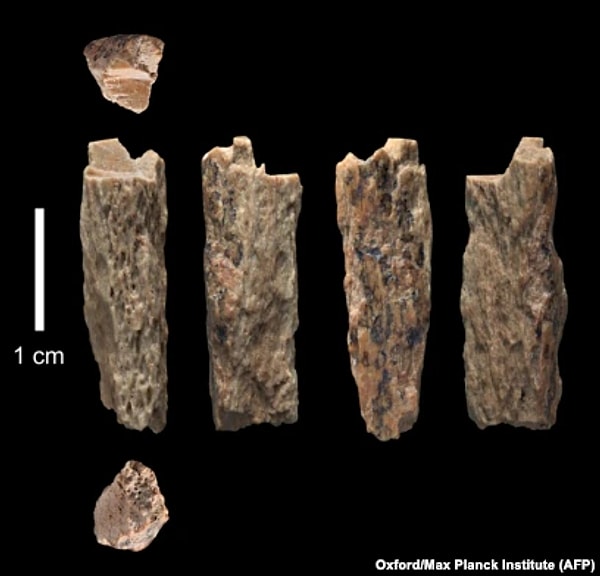Ancient DNA Of Neanderthals Were Discovered In A Siberian Cave

Through genetic studying, researchers are deciphering the societal structure of our distant cousins, the Neanderthals, using bone and tooth fragments unearthed in a Siberian cave.
'We have previously tried to work out what the social structure of Neanderthal groups was like from evidence such as the layout of caves and footprints,' says team member Benjamin Peter at the Max Planck Institute for Evolutionary Anthropology in Leipzig, Germany, but the DNA provides direct evidence. “It’s the first time we’ve been able to do something like this using genetics,” he says.
Peter, along with his team, managed to collect DNA samples from 15 of the 17 bone or tooth fragments retrieved from the Chagyrskaya cave in the Altai mountains of Siberia. Since the DNA revealed that certain pieces came from the exact same people, the findings illustrate 11 people in total, including many teenagers and children.

Image credit: Max Planck Institute
The dating of the sediments and bison bone fragments at the site indicates that the Neanderthals inhabited the cave around 59,000 years ago, and genetic evidence suggests that most of them were related to each other. “We can say that they very likely lived at the same time,” says Peter.
Peter also believes that these Neanderthals might have died at the same time, however the research team is unsure how. “There are no signs of burial,” he says.
The genetic material also indicates a high degree of inbreeding, far higher than in modern poacher groups, implying that perhaps the number of Neanderthals in the area was really small. “It’s very unusual,” says Peter. “The only thing we’ve found that is comparable are species that are critically endangered, like gorillas.”

According to Stringer, female-based migration is indeed the dominant pattern in modern hunting groups, and there has been some proof of it among Neanderthals hailing from the El Sidrón site throughout northern Spain. 'Finding this at another site, with more data, does suggest that this was a common pattern in Neanderthals,' he says.
Peter and his co-workers attempted to collect DNA samples from ten other specimens in the Okladnikov cave, but only two were retrieved. These findings were unrelated to each other or the Chagyrskaya group.

Svante Pääbo was also part of the research team, he is well-known for the 2022 Nobel Prize in physiology for his findings about human evolution and the genomes of our extinct relatives.
Keşfet ile ziyaret ettiğin tüm kategorileri tek akışta gör!


Send Comment